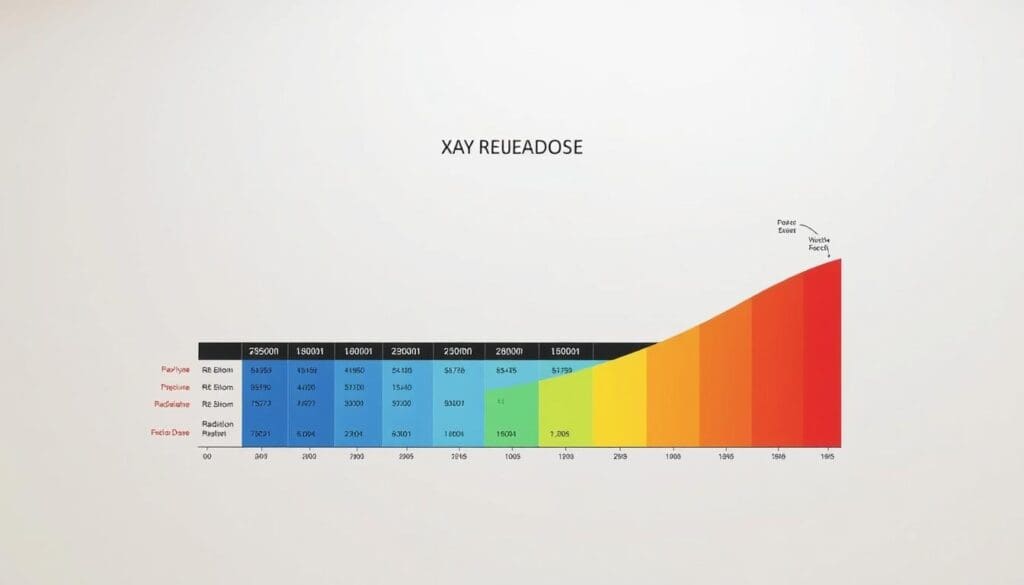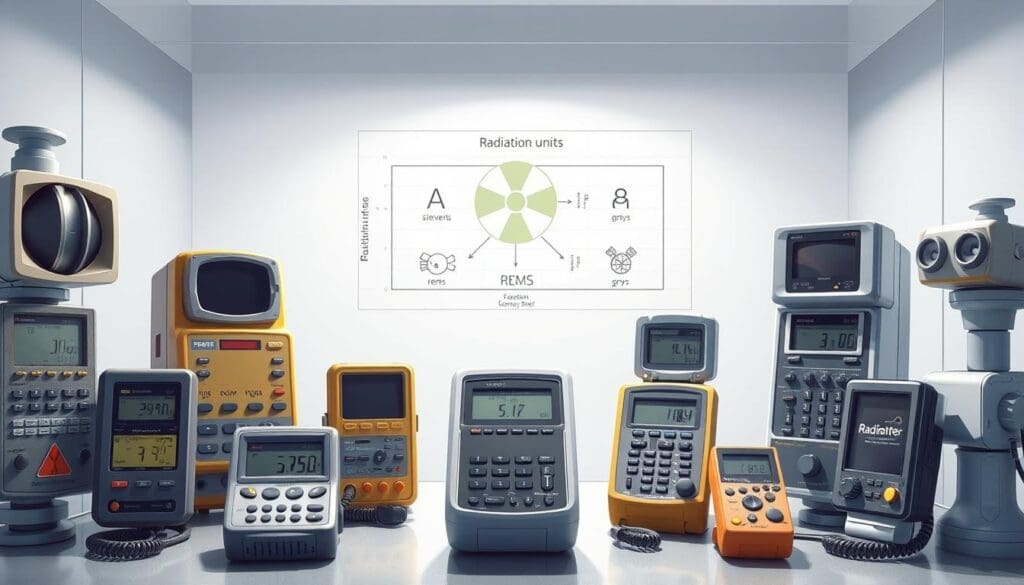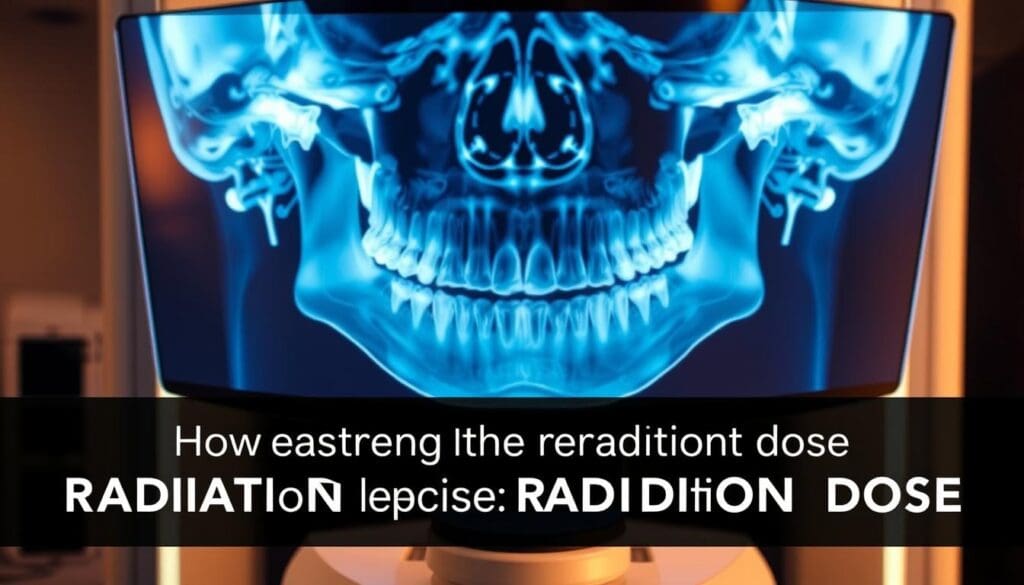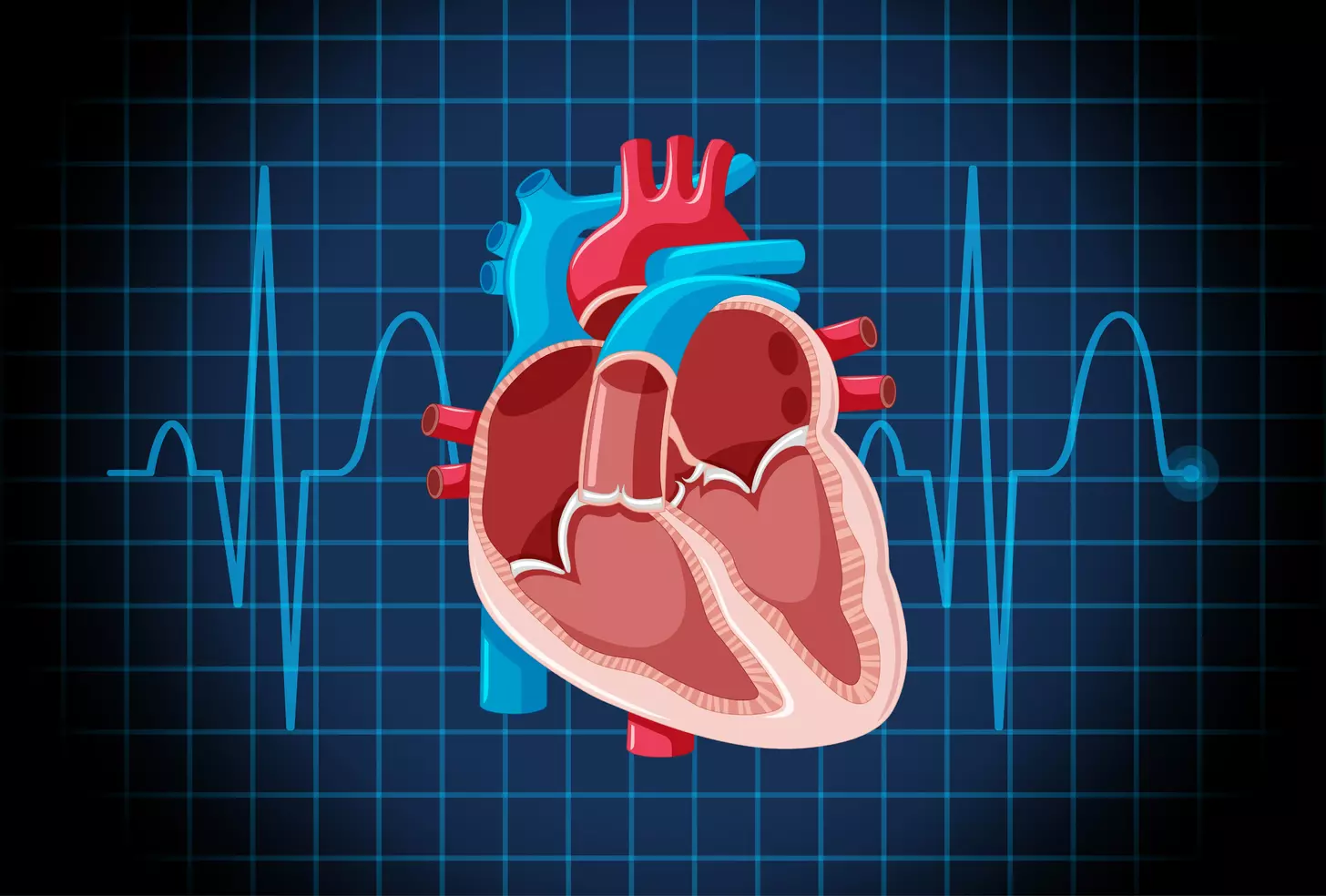Last Updated on November 27, 2025 by Bilal Hasdemir

It’s important to know how different medical imaging methods affect radiation levels. This knowledge helps keep patients safe and ensures accurate diagnoses. At Liv Hospital, we use the latest, evidence-based methods to keep radiation exposure low while getting the best results.
When comparing radiation from dental imaging and CT scans, understanding the panorex radiation dose is key. Dental imaging, like panorex dental x-rays, and CT scans, use different amounts of radiation. A panorex radiation dose usually ranges from 4 to 30 microsieverts, which is quite low compared to other scans.
On the other hand, CT scans of the abdomen give much higher doses, usually between 5 to 20 millisieverts. Knowing these differences helps doctors make better, safer choices for their patients.
Key Takeaways
- Panorex dental x-rays expose patients to relatively low doses of radiation.
- The effective dose from a Panorex X-ray ranges from 4 to 30 microsieverts.
- CT scans generally deliver higher radiation doses, typically between 5 to 20 millisieverts.
- Understanding radiation doses is key for patient safety and accurate diagnoses.
- Liv Hospital focuses on using the latest, evidence-based methods to reduce radiation.
Understanding Radiation Measurement in Medical Imaging
To understand the impact of radiation in medical imaging, knowing how it’s measured is key. Techniques like X-rays and CT scans use ionizing radiation. This radiation is measured in specific units.
1. Radiation Units Explained: Sieverts, Millisieverts, and Microsieverts
Radiation doses in medical imaging are measured in sieverts (Sv), millisieverts (mSv), and microsieverts (μSv). The sievert measures the biological effect of radiation. One millisievert is 1,000 microsieverts. For example, a chest X-ray might expose a patient to about 0.1 mSv.
The unit used depends on the dose’s size. Millisieverts (mSv) are used for most diagnostic imaging. Microsieverts (μSv) are for very low doses or a single X-ray beam.
2. How Radiation Exposure is Measured and Reported
Radiation exposure in medical imaging is measured in different ways. For X-rays and CT scans, the dose is reported in dose area product (DAP) or computed tomography dose index (CTDI). These are then converted into millisieverts (mSv)..
The effective dose is a calculated risk from an imaging procedure. It’s based on the dose to different body parts and their sensitivity. This makes comparing radiation exposure across imaging modalities easier.

| Unit | Description | Example Dose |
| Sievert (Sv) | SI unit of dose equivalent | 1 Sv = 1,000 mSv |
| Millisievert (mSv) | One-thousandth of a sievert | Chest X-ray: 0.1 mSv |
| Microsievert (μSv) | One-thousandth of a millisievert | 1 mSv = 1,000 μSv |
Panorex Radiation Dose: What Patients Should Know
Knowing about the radiation from Panorex dental X-rays is key for those worried about exposure. These X-rays give a full view of the teeth but do involve some radiation.
Typical Panorex Dental X-Ray Radiation Exposure Levels
A Panorex dental X-ray’s radiation dose is usually between 4 to 30 microsieverts (0.004-0.03 mSv). This is much less than the 2.4 mSv of background radiation we get each year from nature. So, the radiation from a Panorex X-ray is quite low.
Key factors influencing the radiation dose include:
- The type of Panorex machine used
- The settings on the X-ray machine
- The patient’s anatomy and size
Factors Affecting Panorex Radiation Levels
Many things can change how much radiation you get from a Panorex dental X-ray. The machine’s tech and settings are big factors. Newer Panorex machines aim to use less radiation while keeping image quality high.
Also, things like your age, size, and dental health can affect the dose. Kids, for example, might need less radiation because of their smaller size and growing bones.

Dental experts follow the ALARA principle (As Low As Reasonably Achievable) for radiation. This means they try to use the least amount of radiation needed for a good diagnosis.
Comparing Dental Imaging Radiation Exposure
It’s important to compare the radiation doses from different dental imaging methods. This helps dental experts and patients make better choices. They need to know the risks of each imaging type.
Panorex vs. Standard Intraoral Dental X-Rays
Panorex and standard intraoral dental X-rays are used a lot in dentistry. They both help diagnose problems, but they have different radiation levels. Standard intraoral X-rays give a dose of 1 to 8 microsieverts per shot.
A Panorex X-ray gives a bit more radiation, but it’s not much. It’s similar to a few days of natural background radiation.
Key differences in radiation exposure:
- Intraoral X-rays: 1-8 microsieverts per exposure
- Panorex X-ray: Slightly higher than intraoral X-rays, but similar to a few days of natural background radiation
How Dental Imaging Compares to Natural Background Radiation
Comparing dental imaging to natural background radiation helps us understand it better. The average person gets 2.4 millisieverts of background radiation each year. A Panorex X-ray is like a few days of this.
This shows dental imaging does involve radiation, but the doses are low. They’re much less than what we get from the environment every day.
In conclusion, knowing about radiation from dental imaging is key. It helps balance the benefits of diagnosis with the risks. By comparing these, dental experts and patients can make smarter choices about imaging.
X-Ray and CT Scan Radiation Comparisons
Different medical imaging techniques, like X-rays and CT scans, have varying radiation doses. This affects patient safety and how well tests work. It’s important for patients and doctors to know these differences.
Chest X-Ray Radiation Dose vs. Panorex
A chest X-ray gives patients about 0.02 millisieverts (mSv) of radiation. A Panorex dental X-ray, on the other hand, gives about 0.014 mSv. The exact dose can change based on the machine and settings.
Even though both are low doses, the difference shows why choosing the right imaging is key.
Key differences between Chest X-Ray and Panorex radiation doses:
- The chest X-ray has a slightly higher radiation dose.
- Panorex dental X-rays are designed for dental imaging, with lower doses for more focused exposure.
Abdominal CT Scan Radiation: Understanding the Higher Exposure
Abdominal CT scans have a much higher radiation dose. They range from 5 to 20 mSv, much more than chest X-rays and Panorex dental X-rays. This is because they need to see more details inside the body.
The higher dose of abdominal CT scans shows how important it is to only use them when needed. Also, using ways to lower the dose is key.
Comprehensive Radiation Dose Comparison Chart
A comparison chart helps understand the radiation doses from different tests. Here’s a chart that shows the typical doses for chest X-rays, Panorex dental X-rays, and abdominal CT scans.
| Imaging Procedure | Typical Radiation Dose (mSv) |
| Chest X-Ray | 0.02 |
| Panorex Dental X-Ray | 0.014 |
| Abdominal CT Scan | 5-20 |
This chart shows big differences in radiation doses between these tests. It stresses the importance of choosing and optimizing imaging wisely.
Conclusion: Balancing Diagnostic Benefits and Radiation Risks
Diagnostic imaging is key in medical diagnosis. But, we must balance its benefits with the risks of radiation. Knowing the Panorex radiation dose and comparing it to X-rays and CT scans is important for making smart choices.
Research shows that too many dental X-rays can raise cancer risk. A study found a link between dental X-rays and brain tumors. More details are on the National Center for Biotechnology Information website.
Looking at an x ray radiation dose chart helps understand exposure levels. For example, CT scans have a higher dose than Panorex or standard X-rays. Knowing how much radiation does x ray give off aids in choosing the right imaging.
Healthcare providers must consider both the benefits and risks of imaging. They should ensure patients get the imaging they need while keeping radiation exposure low.
FAQ
What is the typical radiation dose from a panorex dental x-ray?
A panorex dental x-ray usually gives off 0.01-0.03 millisieverts (mSv) of radiation. This amount can change based on the machine and the patient’s body.
How does the radiation dose from a panorex compare to a standard intraoral dental x-ray?
Panorex dental x-rays give off more radiation than standard intraoral dental x-rays. Standard intraoral x-rays usually have a dose of 0.005-0.01 mSv per shot.
What is the radiation dose from a chest x-ray compared to a panorex dental x-ray?
Chest x-rays have a dose of about 0.1 mSv. This is more than what a panorex dental x-ray gives off.
How much radiation is in a CT scan of the abdomen?
A CT scan of the abdomen can expose you to 10-20 mSv of radiation. This is much more than a panorex dental x-ray or a chest x-ray.
What are the units used to measure radiation exposure in medical imaging?
Sieverts (Sv), millisieverts (mSv), and microsieverts (μSv) are used to measure radiation in medical imaging. 1 Sv equals 1000 mSv or 1,000,000 μSv.
How does the radiation dose from dental imaging compare to natural background radiation?
Dental imaging, like panorex and intraoral x-rays, has a lower radiation dose than natural background radiation. Natural background radiation is about 2.4 mSv per year in the United States.
What factors can affect the radiation dose from a panorex dental x-ray?
Several things can change the radiation dose from a panorex dental x-ray. These include the machine settings, the patient’s body, and how many shots are taken.
How can I minimize my radiation exposure from medical imaging?
To lower your radiation exposure, only get medical imaging when it’s really needed. Talk to your healthcare provider about any worries you have.
What is the radiation dose comparison chart, and how can it help me understand my radiation exposure?
A radiation dose comparison chart is a tool that shows the doses from different imaging procedures. It helps patients and healthcare providers understand the doses and make better choices.
References
Lee, G. S., Kim, K. N., Kim, J. H., & Kim, S. J. (2013). Effective dose from direct and indirect digital panoramic units. Journal of the Korean Association of Oral and Maxillofacial Radiology, 43(3), 135–140. https://www.ncbi.nlm.nih.gov/pmc/articles/PMC3691377/






